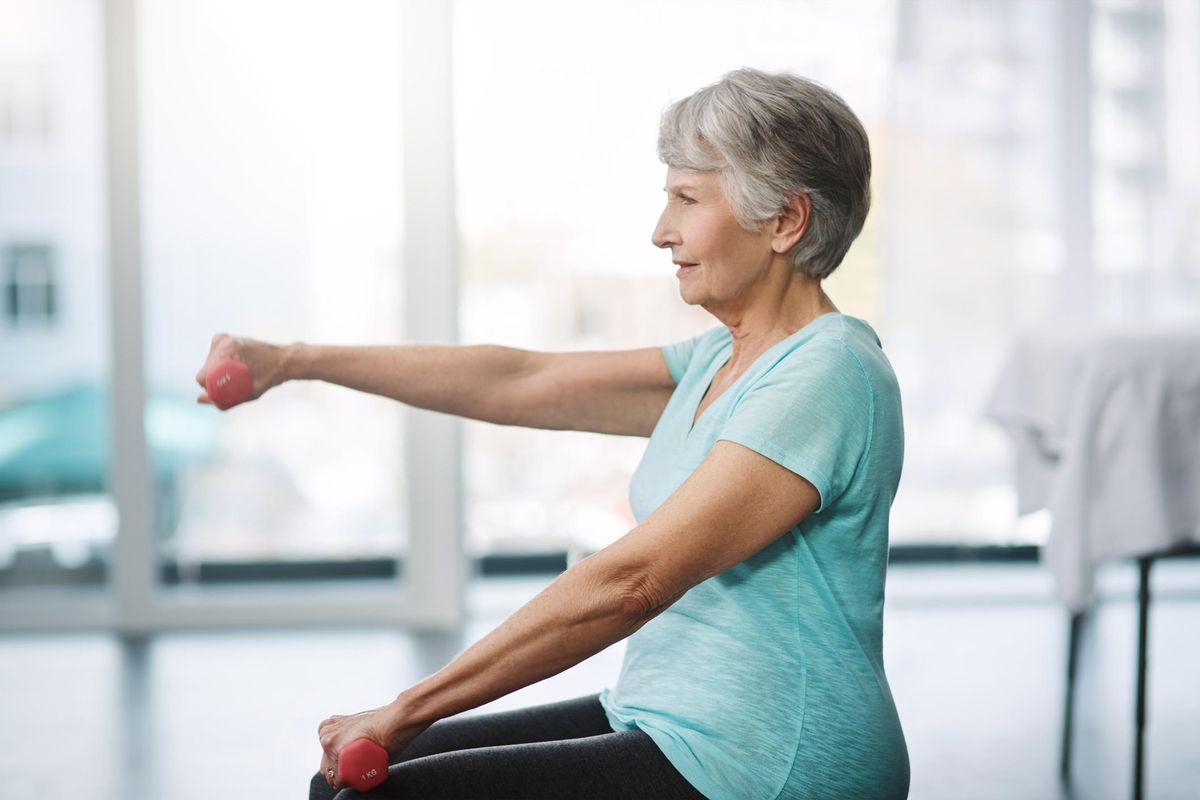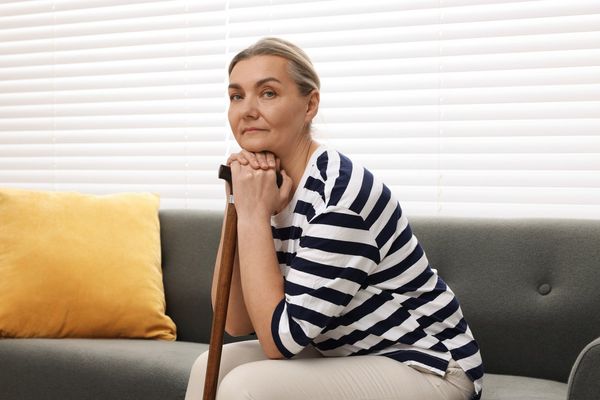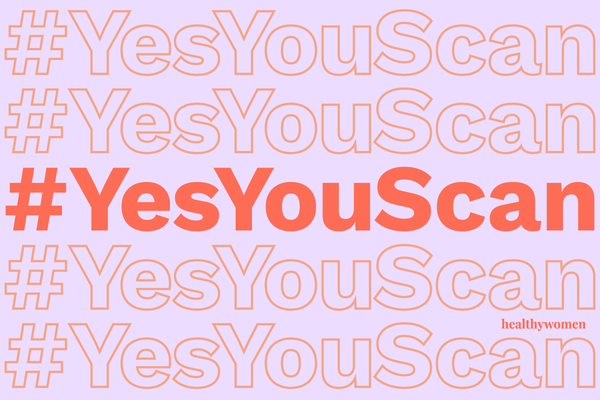Reviewed by Ivy Alexander, Ph.D.
Osteoporosis is a disease that results from poor-quality bone tissue, which causes the bones to be weak, thin and brittle. This makes it more likely that fractures will occur. Although anyone can develop this disease, it's more common in women than in men.
- Of the estimated 10 million Americans with osteoporosis, about 80% are women.
- A woman is more likely to develop osteoporosis than a man because women tend to have smaller, thinner bones; lower levels of testosterone; and a decrease in estrogen levels, which helps protect bones, after they have reached menopause.
- Risk factors for osteoporosis include:
- Reduced hormones after menopause
- A family history of osteoporosis
- Taking certain medicines to treat health issues such as arthritis, asthma, lupus or thyroid disease
- Having a disease that interferes with building bone, such as rheumatoid arthritis, celiac disease, inflammatory bowel disease (IBD), or kidney or liver disease
- Being a white or Asian woman
- Low bone density
- Low body weight
- Smoking
- Inactive lifestyle
- Eating a diet low in calcium and/or vitamin D
- A history of eating disorders
- A history of falls or fractures
- Approximately one in two women over age 50 will break a bone because of osteoporosis. White and Asian women are at higher risk than Black women.
- To diagnose osteoporosis and bone fractures, healthcare providers use a bone density scan. Sometimes other tests may be used, including a bone X-ray, CT scan or MRI.
- Although osteoporosis is more common in older women, it sometimes affects young people, including premenopausal women in their 20s, 30s and 40s.
- Diagnosis of osteoporosis in young women can be complicated and medicines that are available are not approved by the FDA for use in premenopausal women.
- Some women develop a temporary type of osteoporosis during pregnancy. This is extremely rare and usually goes away shortly after they give birth.
- Breastfeeding may cause some temporary bone loss. However, bone density recovers over time and should not cause long-term harm to a woman’s bone health.
- Women with a diagnosis of osteoporosis should speak to their healthcare providers (HCPs) about treatments available to increase bone formation to help reduce the risk of fracture.
- It is important to take preventive measures throughout earlier years to preserve bone health. Some key steps are:
- Include recommended amounts of calcium and vitamin D in your diet.
- Add weight-bearing exercises and resistance activities to your daily routine to promote bone growth and strength.
- Avoid excessive alcohol consumption and smoking.
- Ask your HCP when you should have a bone density test.
This resource was created with support from Amgen.
From Your Site Articles
- How Women of All Ages Can Prevent Osteoporosis - HealthyWomen ›
- Clinically Speaking: Questions to Ask Your Healthcare Provider ... ›
- Are You at Risk for Osteoporosis? - HealthyWomen ›
- Let's Talk About Osteoporosis - HealthyWomen ›
- Osteoporosis - HealthyWomen ›
- Women and Bone Health Basics - HealthyWomen ›
- What You Need to Know About Osteoporosis - HealthyWomen ›
- Concerns About Osteoporosis Medication - HealthyWomen ›
- What is Osteoporosis - HealthyWomen ›
Related Articles Around the Web







